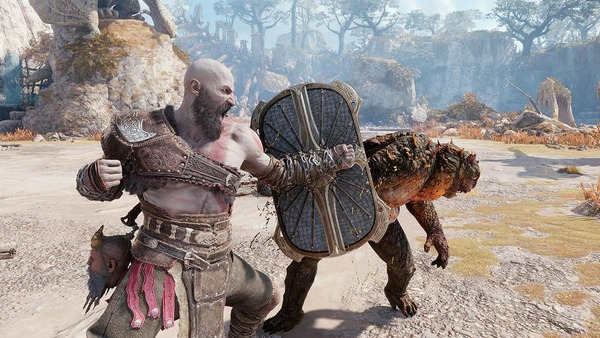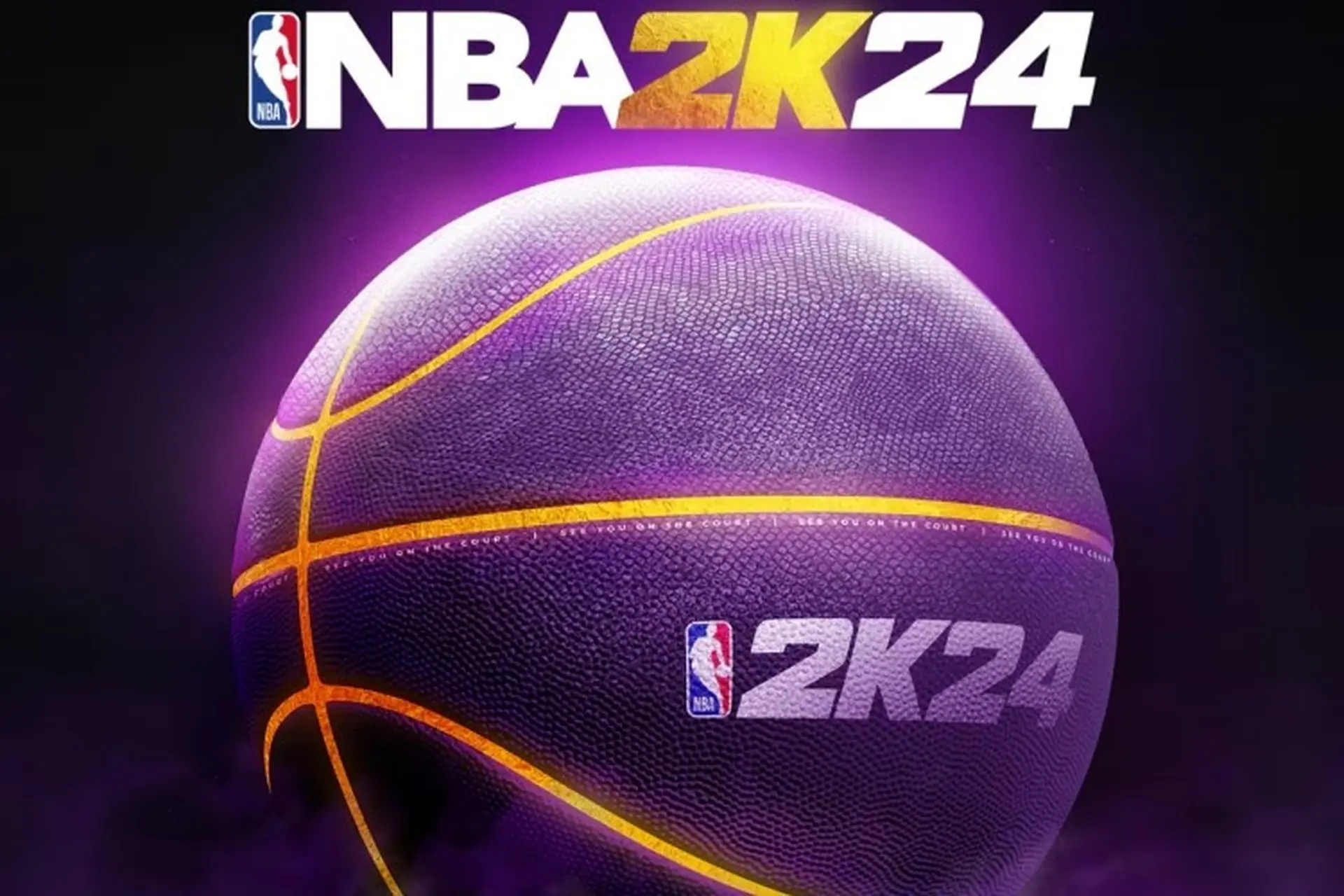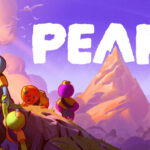Popular Now
Introduction
Genshin Impact is one of the most successful live-service games in the world, praised for its art style, combat, and constant updates. But beneath its beauty lies a critical issue — the lack of meaningful endgame content. Outside of Spiral Abyss and limited-time events, players who have completed the main quests and built their favorite characters are left with very little to do. This article dives deep into why Genshin’s endgame structure falls short, how it affects player retention, and what solutions could restore balance between exploration and challenge.
1. The Early Game Experience: A False Sense of Longevity
When players first enter Teyvat, there’s a massive amount of content to explore — quests, chests, domains, puzzles, bosses, and events. The game feels endless. For many, the first 100 hours are some of the most magical in any RPG.
However, this honeymoon phase eventually ends. After exploring Mondstadt, Liyue, Inazuma, Sumeru, Fontaine, and parts of Natlan, completing the Archon and Story Quests, and building a solid team, the content starts to dry up. What felt like an endless adventure becomes a daily log-in routine with very little novelty.
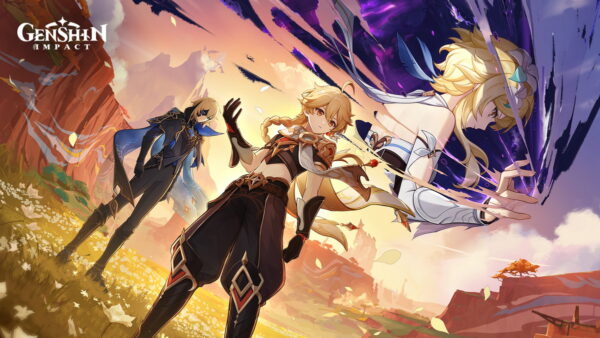
2. The Spiral Abyss Problem
Spiral Abyss is currently Genshin’s only permanent endgame combat content. It offers a tiered, timed challenge with modest rewards. While it’s a good test of character strength and synergy, it becomes repetitive for veterans.
The main problems are:
-
The floors don’t change significantly each cycle.
-
Enemies are reused or slightly tweaked.
-
Rewards cap at 600 Primogems every 2 weeks — barely one-third of a pull.
Because of these factors, many experienced players stop caring about Abyss altogether. Others clear it in a day and wait two weeks for it to reset. It fails to serve as a long-term challenge or meaningful endgame progression path.
3. Time-Limited Events: Temporary Relief, Not a Solution
Genshin frequently introduces new events with minigames, combat trials, or side stories. While these are well-produced and engaging, they are also temporary. Once the event ends, all related gameplay is gone forever.
Events are often:
-
Too easy to challenge veteran players.
-
Repetitive in structure (e.g., kill waves of enemies, time trials).
-
Narrative-focused but shallow in replay value.
As a result, players can finish events in 2–3 days, and then return to the same empty endgame state. Events help with content gaps, but they’re band-aids, not permanent fixtures.
4. Resin Limitations Prevent Meaningful Grinding
Another contributor to endgame stagnation is the Resin system. Once players reach AR55+, they need thousands of materials to fine-tune teams, but only get 160 Resin a day — enough for maybe 6–8 domain runs.
This makes it impossible to grind endlessly or chase new goals at your own pace. Even if you want to make progress, the game prevents you. For an RPG that promotes building characters and exploring power potential, this bottleneck is incredibly limiting in the late game.
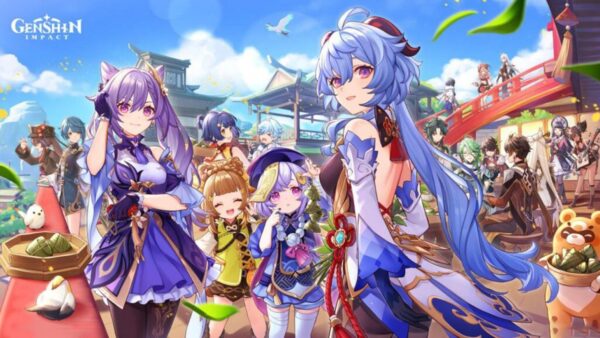
5. Character Overload Without Purpose
HoYoverse consistently releases new characters every update, usually accompanied by a new 5-star and a 4-star unit. While this keeps gacha engagement alive, there’s a major disconnect: what do you use these characters for?
Outside of Spiral Abyss, there’s no permanent combat content that requires:
-
Strategic team building.
-
Elemental synergy optimization.
-
Long-term theorycrafting or mechanical skill.
Most players end up pulling for characters just to collect them, not to use them meaningfully. This devalues character design, lore, and gameplay potential.
6. No Progression Beyond AR60
Another symbolic issue is the Adventure Rank cap at 60. After that, any earned EXP is wasted. There are no prestige levels, no account mastery systems, no cosmetic unlocks tied to long-term play. For an RPG with a strong progression loop in the early game, it’s surprising how empty the top feels.
Veterans want reasons to keep playing — systems that reward dedication, like:
-
Infinite rank with tiered milestones.
-
Unique cosmetics or battle pass-style prestige.
-
Stat tracking, leaderboards, or trophies.
Instead, the current system tells players: “You’ve peaked. There’s nothing more to do.”
7. Missed Opportunities with Regions and Lore
Genshin’s world design is among the best in gaming, with each nation offering a distinct visual identity, soundtrack, and political intrigue. But once you finish a region’s quests and exploration, there's little reason to revisit it.
HoYoverse could introduce:
-
World events tied to specific nations.
-
Repeatable, region-based challenges.
-
Territory control modes, faction reputation systems, or rotating domain mechanics.
Instead, regions feel like one-time destinations. Their narrative depth is undermined by the lack of ongoing interaction or evolution.
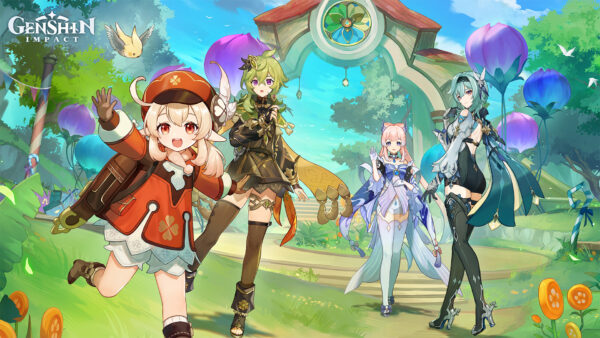
8. Lack of Difficulty Scaling and Optional Challenge Modes
Many players have requested optional difficulty modifiers — something akin to Diablo’s Torment levels or Destiny’s Nightfall strikes. Genshin lacks this. The overworld remains static, and once your characters are well-built, it becomes too easy.
This discourages optimization and rewards casual play over mastery. Even whales and meta-focused players find themselves bored, because there’s no in-game structure that validates their investment.
Some ideas from the community:
-
Endless tower mode (like Abyss, but progressive).
-
Weekly raids or elite boss hunts with rare drops.
-
Elemental arenas that rotate challenges by reaction type.
None of these exist in a permanent form, which continues to frustrate the game’s most dedicated players.
9. Co-op Mode: Underdeveloped and Forgotten
Co-op could be a major pillar of Genshin’s endgame — a place for friends to tackle real challenges together. Sadly, it’s underwhelming and restrictive.
Problems with co-op include:
-
Many domains and events are solo-only.
-
Combat is simplified when shared across players.
-
No competitive leaderboard or dungeon-style group play.
The absence of meaningful multiplayer content makes co-op feel like a novelty instead of a central feature. And without scalable challenge or progression, it doesn’t support long-term engagement.
10. The Consequences: Player Burnout and Drop-Off
When players reach the end of the content loop — with all regions explored, characters built, and events cleared — many simply log in for dailies or stop playing altogether. Even content creators face burnout, often citing the lack of repeatable, meaningful content as a core reason.
This hurts the community ecosystem:
-
Lower streaming/viewing numbers.
-
Less incentive to create guides or theorycraft.
-
Decreased social engagement within the game.
Despite having one of the most passionate fanbases in gaming, Genshin fails to harness that energy into sustainable engagement.
Conclusion
Genshin Impact is a masterpiece of design, world-building, and character development. But its endgame problem grows with each update. Without permanent challenges, scalable difficulty, or reward systems for mastery, the most loyal players are left idle. The game’s charm pulls people in, but its structure struggles to keep them. If HoYoverse wants Genshin to thrive for another five years, it must evolve past Spiral Abyss and Resin dailies. A true endgame is not just harder enemies — it’s giving players a reason to care, build, and return.








